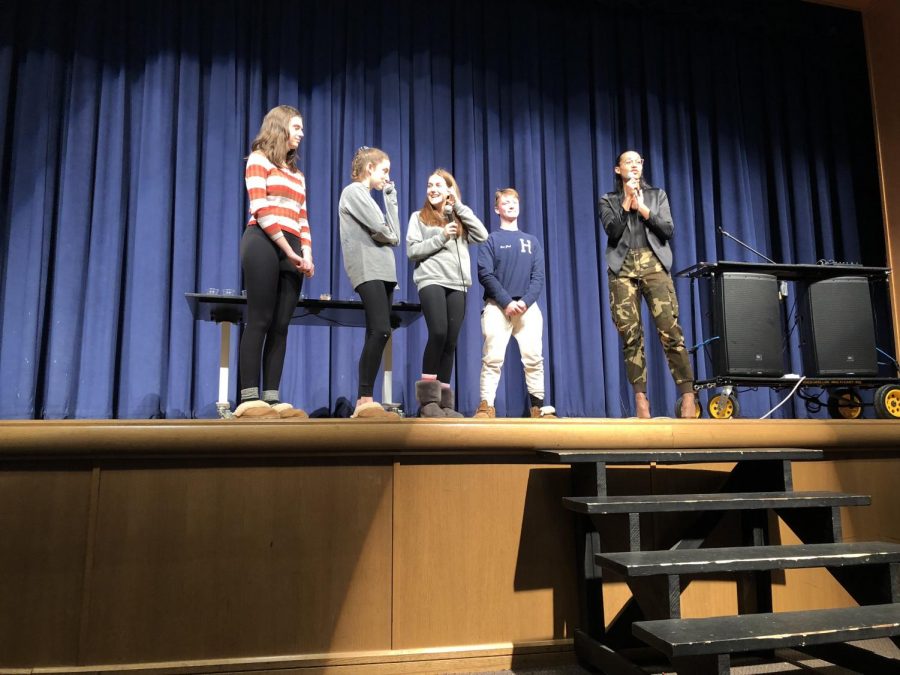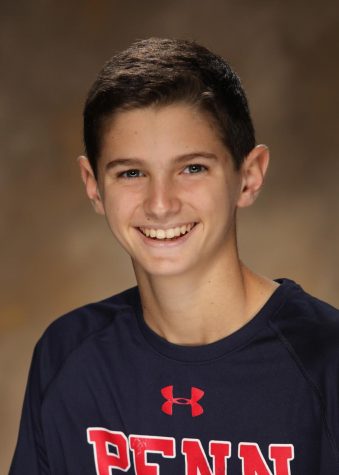STEM day introduces students to jobs and field applications
Kara Mccullough, a nuclear scientist at the U.S. Nuclear Regulatory Commission, delivers a keynote speech at the end of the day and gives advice to high school students with aspirations in STEM fields.
November 21, 2018
High school students had a day dedicated to science, technology, engineering and math on Wednesday, Nov. 21, where they listened to speakers from different fields present on their work and its different applications.
A few weeks before, students were given a list of speakers and could request three speakers to listen to, with the guarantee they would be assigned to at least one of them. Each student attended three different sessions based on those preferences, and everyone listened to a closing keynote speech by Kara Mccullough, a nuclear scientist at the U.S. Nuclear Regulatory Commission and former Miss USA pageant winner.
Upper School STEM Coordinator Cassandra Batson said that in the past, whole school events have mostly been students attending different stations throughout the day. The feedback she received about these was mostly that the events were not challenging enough and did not connect what students were learning in school with the outside world.
“I am hoping that this particular day pushed pause on students’ busy year and challenged students to think ‘why am I spending all of this time learning this stuff,’” Batson said. “One of my goals was to bridge the gap between what we do at [CES]JDS and the outside world.”
Sophomore Naama Ben Dor originally thought the STEM day was going to be boring and did not want to come to school, but her parents made her attend. Ben Dor found that she enjoyed listening to the speakers, such as Director of the Department of Forensic Sciences Dr. Jennifer Smith.
“We only hear about people that have jobs [in STEM fields], but we don’t really hear from people who have them,” Ben Dor said. “It’s important to know what you want to get into in the future so that you can have a job that you like.”
Robotics Ph.D. Candidate at the University of Michigan and alumnus Kevin Lieberman (‘08) was one of the 25 guest speakers at STEM day. As an alumnus, Lieberman thought that it was exciting and interesting to come back to the place where he learned math such as calculus and matrices. He said that at the time, these subjects did not seem important to him, but he now understands their real-world applications.
Lieberman spoke to students about how engineers build human-machine systems like cars and airplanes and how subjects like art and psychology also play a role in designing systems.
“I think it’s important to have opportunities where students can meet with engineers and people who use math and STEM skills in the real world,” Lieberman said. “By learning how people apply their STEM skills in different ways, you can see the different careers that exist and you can see the different ways that people make [a] change in the world.”








